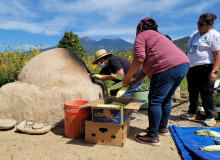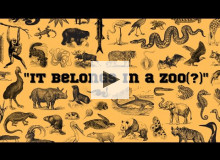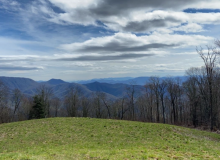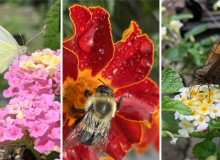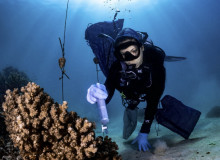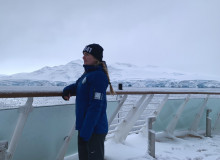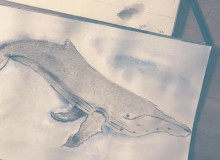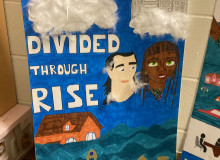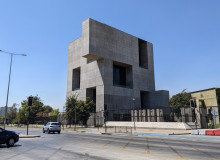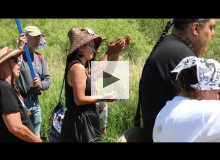Latest
Indigenous Correspondents Program | Northern Arizona University
Two Indigenous environmental professionals share how their work supports climate justice and is informed by their heritage.
SUNY Environmental Science and Forestry
Several SUNY-ESF students explore the ethical debate surrounding modern zoos and animal captivity in this short documentary film.
Indigenous Correspondents Program | Dartmouth College
This photo essay explores the ways that knowledge of Indigenous plant gathering, harvesting, maintenance, and sovereignty have been passed down by the generations and practiced by my family.
University of Connecticut
Migratory pollinators are losing habitat due to human development. These Connecticut gardeners are fighting back.
New York University
It's still unknown how useful probiotics could be for at-risk wildlife. But worried microbiologists around the world are urgently testing out treatments on everything from corals to frogs with doses of beneficial bacteria.
Middlebury Institute of International Studies
Libby Mohn reflects on witnessing climate change firsthand in Antarctica and connecting it to her everyday life.
Harvard University
'Whale' is the last Humpback left in the Atlantic Ocean, until a young girl that is sailing with her dad finds him and leads him to be with his new pod that is waiting for him in the Arctic.
Eckerd College
In a world where sea level rise has affected countless countries across the world, three different domains and genetically modified humans emerge.
George Washington University
Tackling climate change will involve rethinking how we build, but through common-sense design and recent innovations in carbon capture concrete, a greener future is within reach.
George Washington University
This video provides a look at the ties between Indigenous sovereignty and climate justice, with a case study of the Line 3 oil pipeline.

